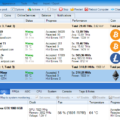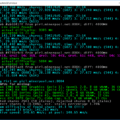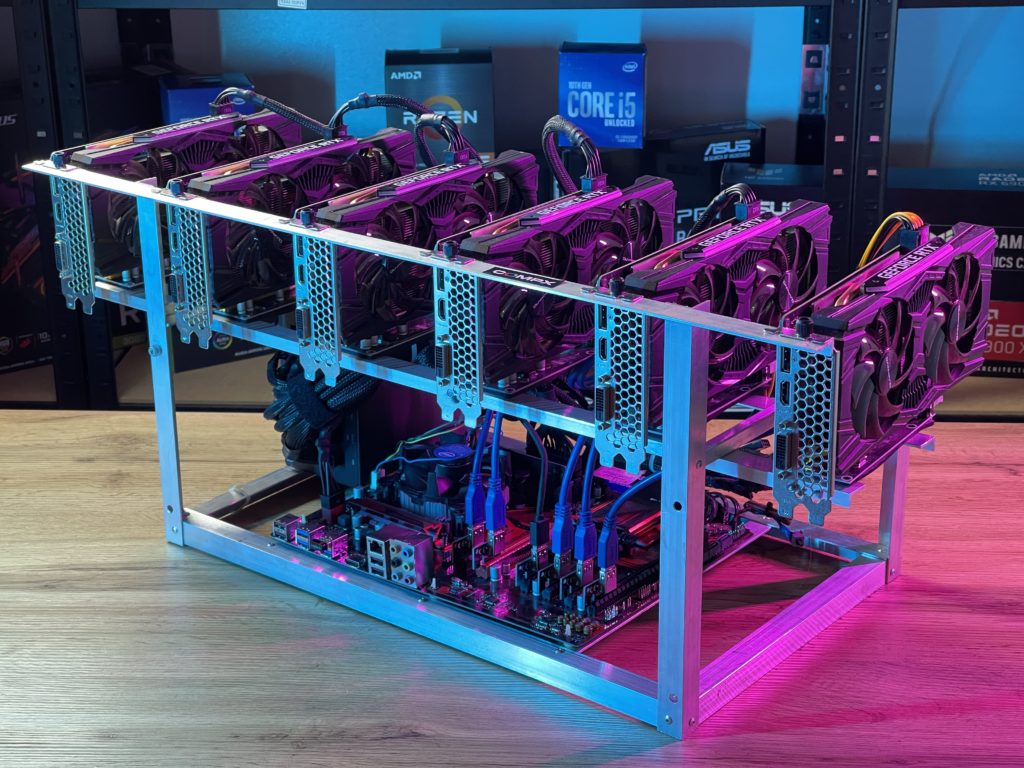ATI ATIFlash / AMD VBFlash v2.93 – new version of the program.


CMD ATI Flash
ATIFlash & ATI WinFlash
ATIFlash / ATI WinFlash 2.8.4 (DOWNLOAD) – a program for flashing the BIOS of video cards based on AMD (ATI) Radeon chips for Windows. As part of ATI WinFlash 2.6.6, a utility version has been released (console, which does not know how to work in DOS, only for Windows).
Starting with version 2.7.1, a single distribution package containing ATI WinFlash with a graphical interface and ATIFlash for the Windows command line has been renamed by the developer into ATIFlash. At the same time, the console version of ATIFlash is based on the achievements of ATI WinFlash and is a further development of the latter.
Despite the fact that ATIFlash and ATI WinFlash, contained in the same archive, have the same change date, the developer recommends using the command-line version of the program.
The archive includes a version of ATIFlash for the Windows command line and ATI WinFlash with a graphical interface.
We recommend using the command line version.
ATIFlash is a small utility for flashing the BIOS of a video card. Works with ATI graphics adapters only.
BIOS flashing may be needed if you want to increase the speed of the video card, change any characteristics (voltage, timing, etc.), or reconfigure the card for more efficient cryptocurrency mining. Attention: flashing the BIOS should be very careful, otherwise the video card may stop working.
So how do I update the BIOS using ATIFlash? First, you need to download the firmware. Next, run the program. On the main window, you will see information about your video card, BIOS version, RAM and physical memory. Next, you need to select a graphics adapter and specify the path to the downloaded firmware. Then press Program, and the update process will begin. After completion, the program will notify you about this. Do not under any circumstances turn off the power to the PC during the update, as this may lead to the loss of the video card’s performance.
With ATIFlash, you can copy the current BIOS firmware. To do this, click Save, and specify the save location. This firmware file can be left as a backup, or you can change the settings using third-party editors.
Program Features
• Flashing BIOS on ATI video cards.
• Support for many models of video cards.
• Ability to save the current BIOS firmware.
• Displaying some information about the system (amount of physical and RAM memory, video memory frequency, etc.) .
• Intuitive interface.
• Support for Windows 7 and higher.
ATIFlash is a utility with which you can easily flash the BIOS of a video card. The program can be downloaded for free.
Instructions
- System Video Devices – here you must select the video card with which you will work, as well as information about the available video cards.
- Where is the red arrow – using the save button you save the factory BIOS, or the one that has already been uploaded.
- Where is the blue arrow – you will choose the firmware that you will upload to the video card.
- Yellow arrow – after selecting the firmware, you press Program, and the firmware process has started.

Usually, with the help of this program, rx 570, 580, 470, 480 and Vega 56, 64 and many others, up to the r7 series and below, are flashed to increase the hash rate in mining.
Errors and common problems
If your atiflash program gives the error subsystem id mismatch , then most likely you have chosen the wrong firmware, or it has the wrong size (instead of 512kb – 256kb), in this case I usually copy all the data through Polaris BIOS Editor I copy the data into a normal 512kb file, you can ask for more details in the comments.
If atiwinflash does not start , (nothing happens after clicking) then most likely you have windows 10 and an old version of the program, download the latest version 2.8.4 and everything will work.
If the program does not see the video card or adapter not found , check in the device manager if everything is fine with it.
If you have an error cannot find discrete ati video card and does not flash the card, try inserting the video card directly into the PCI e x16 port without a raiser, and also program the cards separately.
The failed to read rom error usually indicates an incorrect firmware file.
It seems that everything, download and use, the latest version 2.8.4 (data from the official site).
Change history
This version supports BIOS flashing for AMD cards under Windows 10 Build 1803
2.9.3
- Added support for Navi Radeon RX 5700 Series firmware
2.8.4
- Fixed problem with launching Build 1803 on Windows 10.
2.7.7
- Added support for Radeon RX Vega series cards.
2.7.1
- Added support for AMD Fiji.
ATI WinFlash 2.0.1.18
- Fixed a bug that made it impossible to read a BIOS file with a two-character extension in the name.
- Added support for a number of ROM chips.
- Fixed checksum error when flashing boards with ISR already enabled.
- Fixed issues with flashing cards based on GPU Pitcairn.
2.0.1.14
- Added function to save ISR data after flashing.
- Added command line parameter caymandualrom = true / false.
- Improved support for new video cards based on the Cayman chip (including the Radeon HD 6990).
ATI WinFlash 2.0.1.13
- Added support for Radeon HD 6850 / HD 6870 (Barts) and Radeon HD 6950 / HD 6970 (Cayman).
- Bug fixed – the last 2 digits of the new P / N format of HD 6850 and HD 6870 video cards (Barts) were not displayed.









